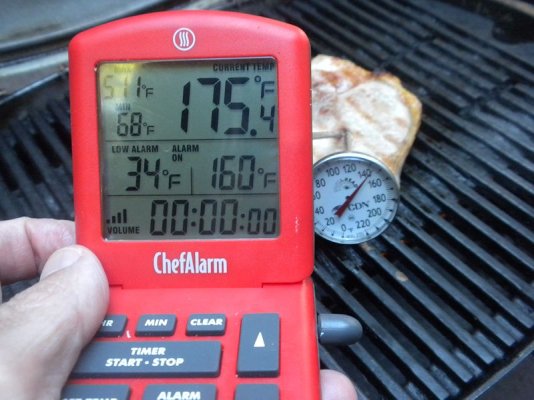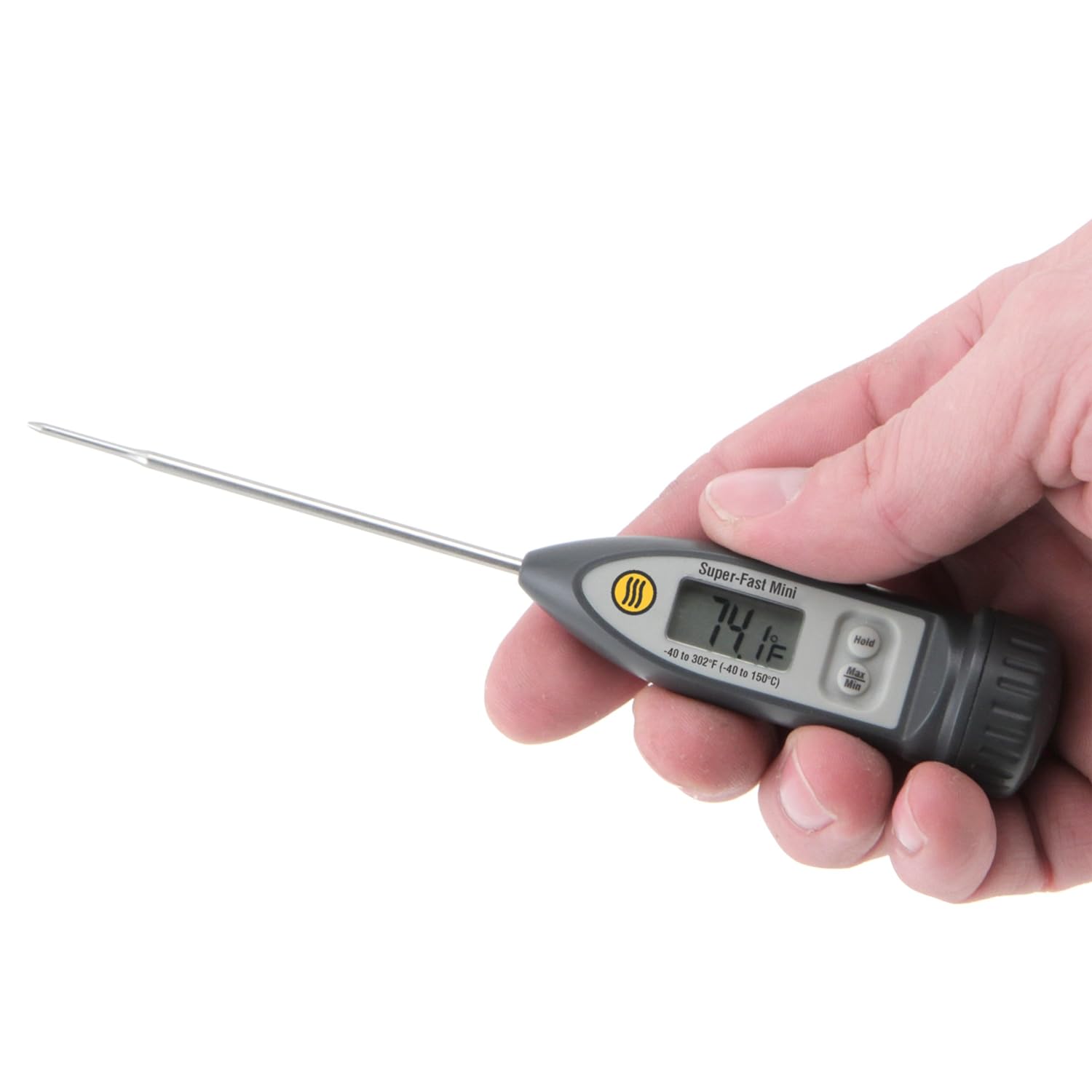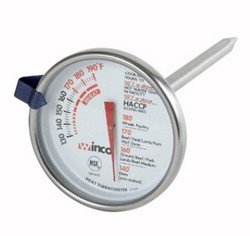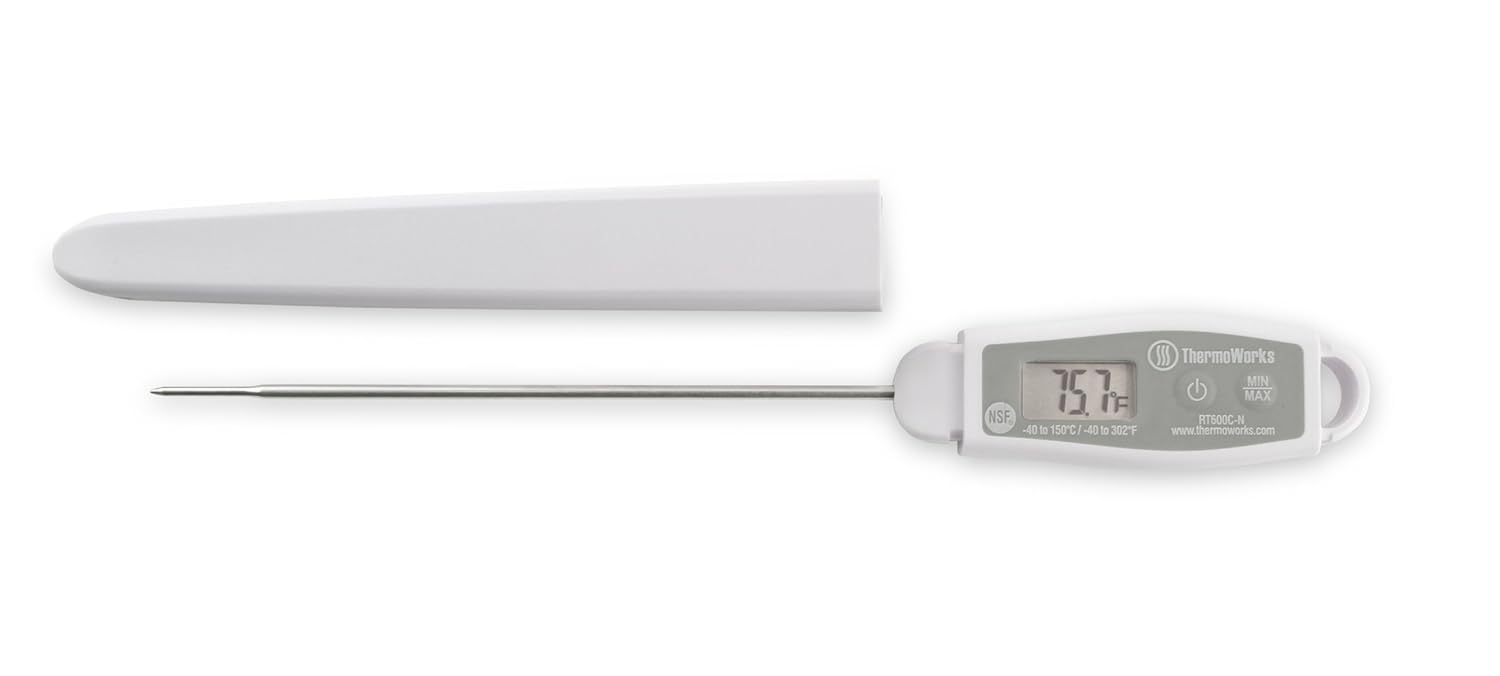TromboneAl
Give me a museum and I'll fill it. (Picasso) Give me a forum ...
- Joined
- Jun 30, 2006
- Messages
- 12,880
I have a ChefAlarm meat thermometer and a traditional instant read thermometer.
When I calibrate them in a glass of water, both are accurate and agree on temperatures. They read 32 degrees in an ice bath, and 212 in boiling water.
But in use, I get wildly different readings:

In that picture, the traditional probe is correct. The two probes are touching.
Why do you think that is?
My theory is that it's caused by the exact position of the probe, but a 30 degree discrepancy?
When I calibrate them in a glass of water, both are accurate and agree on temperatures. They read 32 degrees in an ice bath, and 212 in boiling water.
But in use, I get wildly different readings:

In that picture, the traditional probe is correct. The two probes are touching.
Why do you think that is?
My theory is that it's caused by the exact position of the probe, but a 30 degree discrepancy?
Last edited:






